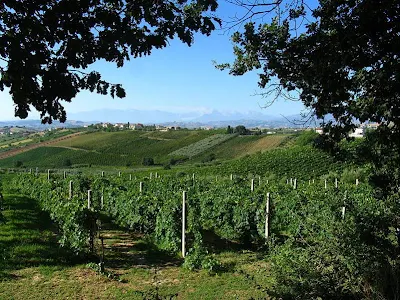Italy's classification system is a modern one that reflects current realities. It has four classes of wine, with two falling under the EU category Quality Wine Produced in a Specific Region (QWPSR) and two falling under the category of 'table wine'. The four classes are:
Vino da Tavola (VDT) - Denotes wine from Italy. NOTE: this is not always synonymous with other countries' legal definitions of 'table wine'. The appellation indicates either an inferior qualifying wine, or one that does not follow current wine law. Some quality wines do carry this appellation.
Indicazione Geografica Tipica (IGT) - Denotes wine from a more specific region within Italy. This appellation was created for the "new" wines of Italy, those that had broken the strict, old wine laws but were wines of great quality. Before the IGT was created, quality "Super Tuscan" wines such as Tignanello and Sassicaia were labeled Vino da Tavola.
Both DOC and DOCG wines refer to zones which are more specific than an IGT, and the permitted grapes are also more specifically defined. The main difference between a DOC and a DOCG is that the latter must pass a blind taste test for quality in addition to conforming to the strict legal requirements to be designated as a wine from the area in question. Presently, there are 120 IGT zones. In February 2006 there were 311 DOC plus 36 DOCG appellations.

